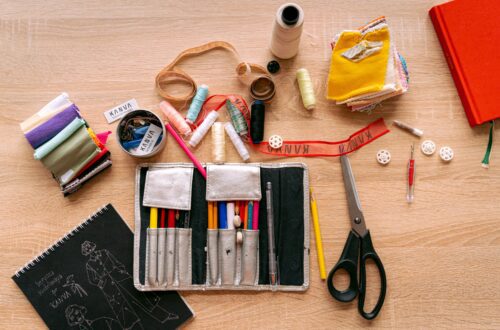
On Broadway, while the dressers come in at night to run the show, there is another team of wardrobe crew in the theatre during the day. These crew members are the wardrobe dayworkers. Wardrobe daywork on Broadway shows helps maintain the costumes and makes them look fresh and new for every performance. While this might seem like a simple job at first, it is an incredible skill to be an effective dayworker.
In this article, we will take an in-depth look at the job of a dayworker. We will talk about how to approach a new daywork call, as well as ways to make you indispensable to the wardrobe team.
What is a Wardrobe Dayworker?
A wardrobe dayworker is a member of the wardrobe team on a Broadway show. The job of a dayworker is to come in before the show and prep all of the costumes for that day’s performance.
What are the Different Types of Dayworkers?
*Shoe Dayworkers
*Hat Dayworkers
*Specialty Dayworkers
*Beading Dayworkers
General Dayworkers
*Ironing Dayworkers
Laundry
Stitcher
*Denotes a position that may not be on every show. Depending on the size of the production, there might only be general dayworkers who are responsible for checking over everything. The best way to know what you are responsible for on a new daywork shift is to check in with the supervisor on your first day.
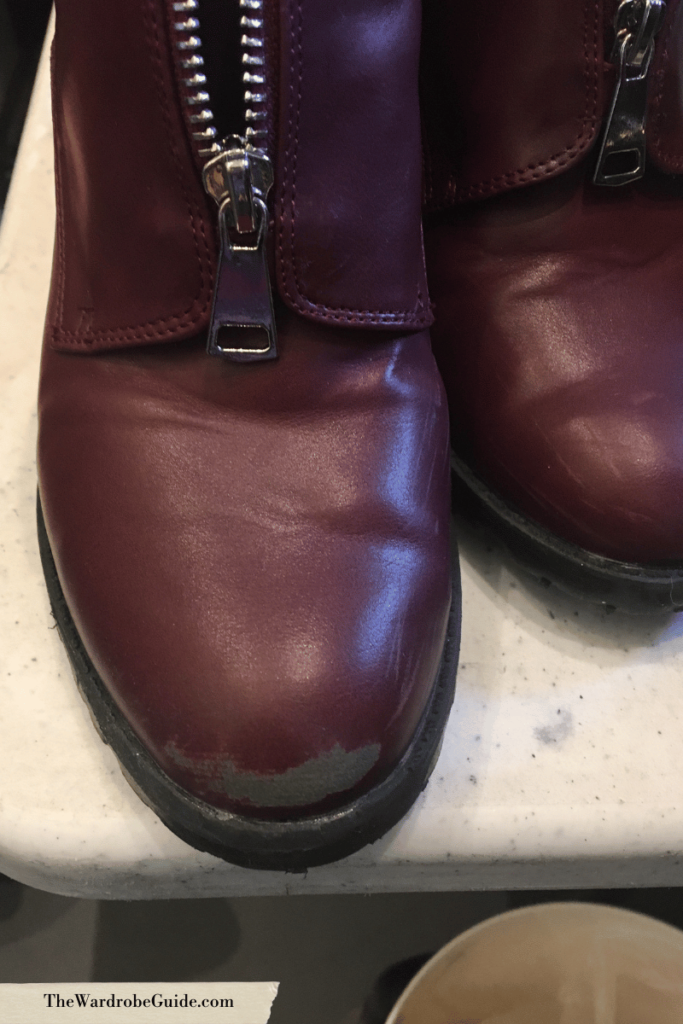
Why is Wardrobe Daywork Important?
Broadway shows are giant. Often, there are so many costume pieces in a Broadway show, and the changes happen so quickly, with so many different hands involved, it is impossible for a dresser to stay on top of every hem and button in a show. Also, many costumes might only be used during performances backstage in the dark where it might be challenging to observe if any wear or discoloration is happening.

Dayworkers oversee the quality of how the costumes are looking in a production. If a piece is looking worse for wear, the day worker might keep an eye on it, and bring any repairs to the wardrobe room. Eventually, if a costume is patched up enough, the stitcher and wardrobe supervisor might then work together for a different solution for the costume maintenance. Because of this, dayworkers are kind of the front line when it comes to the wardrobe team staying aware of the upkeep of the show.
When does Wardrobe Daywork happen?
Daywork happens, as the name suggests, during the day! The shift’s hours are largely Depending on when the show is scheduled.
If the show is at 7 or 8 pm, the daywork shift might be scheduled to start at 12 or 1, to give the stitchers enough time to finish all of the repairs before the dressers come in for the evening. If there is a matinee, it is likely that the day workers will be called in around 8 or 9 in the morning.
How Long is a typical Daywork shift for Wardrobe?
On a Broadway show, a daywork shift is paid at either a 4 or 5-hour call. 4 hours is the minimum shift that you can be called in for on a Local 764 contract.
However, included in those calls are 5 minutes of break for every hour you work. Therefore, in a 4-hour call, you will have 20 minutes of break. During a 5-hour call, you will receive 25 minutes of break time. When you are first starting on a new show or with a new supervisor, it is helpful to ask them how they prefer breaks to be taken. Some supervisors will call a group break time mid-shift. Some supervisors will leave it up to you to plan your own breaks, but would just like you to inform them when you are taking yours.
What Makes a Great Wardrobe Dayworker?
Time Management
This can go two ways. On one hand, you don’t want to try to save so many repairs for yourself that you find yourself overwhelmed trying to get everything finished. However, you also don’t want to be finishing an hour early for every shift, when you could be spending more time touching up details on the costumes.
–Staying on task. It can be easy to get distracted talking to other dayworkers. If you are planning your daywork shift well, it should take your whole shift to complete.
–Letting the supervisor know if you finish early. If you have 15 more minutes left at the end of your shift, let the supervisor know. They might be greatful to have extra hands to help with a switch out.
– Taking the time to inspect the entire costume– including linings. Your job is to inspect the full costume for anything that is wrong with it. you should be touching every aspect of each piece. Go ahead and pull at the seams, and zip the zipper. Take it off the hanger and flip it inside out. During the run of the show, costumes take a beating, so don’t be afraid to really inspect it.
Communication
Tell the supervisor, or leave a note for the dresser if you have a question or concern.
–Knowing what to bring to stitchers. Don’t bring a stitcher a loose button. Odds are, it will take longer for you to walk the garment to them and write it on the repair sheet than it will take for them to sew it on. However, you also shouldn’t try to restitch a broken seam by hand either– projects like that are much more effectively repaired by a sewing machine.
– When you start a new daywork shift, check in with the dresser(s)– make sure you aren’t missing anything important. Most dressers will be very impressed that you are considering details, even if they have no notes for you.
Attention to Detail
– Go above and beyond if you have a decent knowledge of the show. For example, if you learn a swing track and learn that the dresser is traveling something to the hallway at the top of the call, maybe leave it in the hallway for them at the end of your daywork call. If you know there are pit pads in the room waiting to be put in, or suspenders that need to be added, think about how you can make the dresser’s life easier.
–Leave the space how you found it. Don’t leave daywork supplies in dressing rooms. Don’t unplug things from dressing rooms. If you pull out the ironing board, be sure to put it away when you are finished.
– Unless otherwise instructed, leave zippers unzipped and buttons unbuttoned. Except the collar button of dress shirts, or if a closure is needed to keep the garment on the hanger.
What should I Bring to a Daywork shift?
- An audiobook/music/podcast; something to entertain you that doesn’t require you to look at. There is a strong likelihood you will be alone for the 4-5 hour shift.
- Snips
- Any repair tools you can’t live without. Ie. favorite thread/ needle/ needle holder
Most tools should be supplied by the show you are working at. On most shows, each daywork area will have an easily accessible daywork kit where you are working that will have almost anything you might need.
What Should I Look For During a General Wardrobe Daywork Shift?
During a general wardrobe daywork shift, you should look for anything on the clothing that makes them look less than brand new. If there are any stains, discoloration, wear, rips, or missing pieces on the costumes that would make you not want to purchase it for yourself if you saw it in a store, you should either fix it yourself or bring it to someone else’s attention. Below is a list of things you want to look out for during a daywork shift:
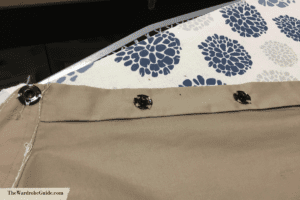
Fallen/ Ripped hems
Any broken pieces; Jewelry, glasses, buttons, etc
Loose or falling out labels
Things that are changing over time/ looking different. You might not be able to do anything about it, but the supervisor might appreciate you bringing it to their attention.
Discoloration
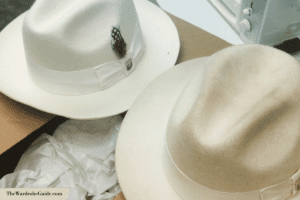
Wear and fraying on garments
Check all seams for popped stitching
Makeup stains
Deodorant marks
Missing beads/ crystals
Holes
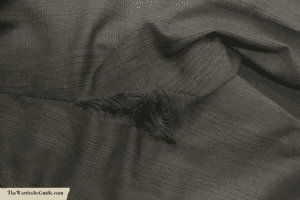
Turn jackets inside out to check linings
Steaming/ ironing that needs to be done
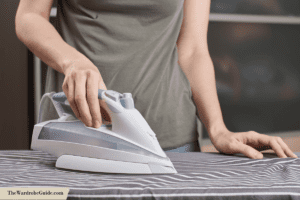
Imperfections from the costume shops
check/ lubricate zippers
Check jewelry for broken/ missing pieces
Turn things right side out
Set garments neatly on hangers
Check the rubbers/ laces/ stitching of the shoes.
Shine shoes, if needed.

Possibly travel things for the show, if requested in notes.
Add pit pads, if requested in notes
I Am a Dresser; What Should I Include in my notes for the Wardrobe Dayworkers?
If you are a dresser tasked with creating wardrobe daywork notes for your costumes, take time to think about what is important to you. Do you want all the costumes to be lined up in show order? Does the rubber keep falling off a specific pair of shoes?
Also, it is not uncommon for wardrobe dayworkers to be people at the beginning of their dressing career. Because of this, it is often wise to write your dayworking notes to be as detailed as possible.
Clearly Describe Your Costume Pieces
You should also take into consideration that the dayworkers generally are not familiar with the show (unless they also dress or swing on the production). Because of this, the notes should be written to be clear to someone who does not understand the show. For example, do not describe a costume as an “Act 2 opener jacket” or “Wedding Pants” because, unless someone has seen the show, people won’t know what that means. Instead, specify “Navy Blue Velvet Jacket” or “Orange and brown plaid pants”. This way, anyone could walk into the dressing room and know what you are talking about.
Note What is in the Dressing Rooms and Where to Find it
You should also note where things are kept in the room if they are somewhere besides the main rack. An example might be “Be sure to check the top hat and gloves on the shelf above the couch.” Because dressing rooms can get chaotic, sometimes it’s hard to identify what is a costume and what is an actor’s personal item.
Any Small Details that are Important
It is also helpful for a dresser to include small but important details in their daywork notes. For example, for an ironing call, it is helpful to have “Feel free to leave creases in the sleeves of the 3 linen shirts.” Or “No creases in the purple shirt or striped shirt.” you can also note what is not important to get a full press, and what can just use a quick steam. Information like this helps day workers plan their shifts and save time on things that might not be as important. A reminder that wardrobe daywork doesn’t necessarily know how something is used in the show unless someone tells them.
Who Does Wardrobe Daywork at a Regional Theatre?
When working at a regional theatre, you often don’t have a separate pair of eyes looking over your costumes. Because of this, it might take longer for someone to notice that a repair. This can result in a piece can become further broken before it does become noticed.
In a typical regional theatre, the dressers are responsible for the steaming and prep of the show. Many smaller theatres don’t have union protections. Because of this, the wardrobe team might need to start their shifts up to 3 hours before a performance to start steaming/ ironing/ repairing the clothes for the day. (On Broadway, there are union protections, so as a dresser you can’t be asked to start working more than an hour before half hour!)
In a regional space, if a repair is discovered during a performance, there will often be a shop on site that can take care of the repair, but it isn’t uncommon for the shop hours to only be Monday-Friday. Because of this, if a big rip happens on a Saturday night, it might be up to the wardrobe team to come in early to do the repair on a Sunday morning before the show.
Do I have to sew to be a Wardrobe Dayworker?
On Broadway, not technically! Unless you are a stitcher, you won’t be expected to touch a sewing machine during wardrobe daywork. It is good, however, to have a basic understanding of sewing.
As a general dayworker, your job will include putting your hands on every costume in the area you are day working in and checking every detail. Hand sewing like buttons, snaps, hooks, and bars, are often considered the job of the dayworker to repair. Larger repairs can be brought to the stitcher on the daywork call and written on the repair sheet. A good rule of thumb: if it will take you longer than 5 minutes to complete, bring it to the stitcher.
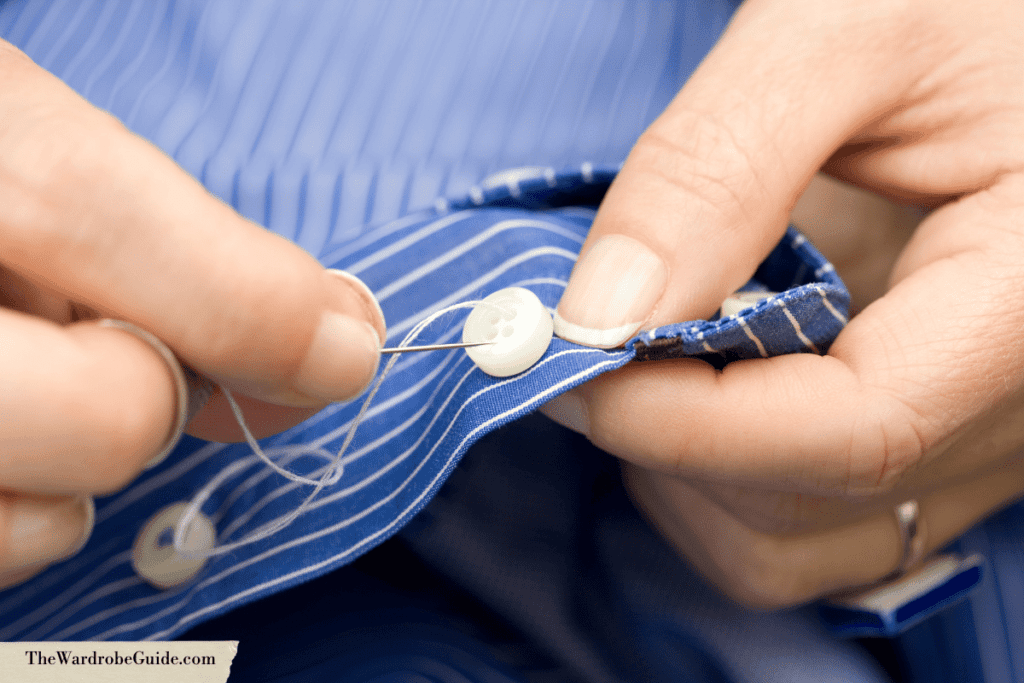
However, having a general knowledge of costume construction does train your eye. Because of this, if you know how to stitch, you might be able to find repairs more easily than someone who doesn’t.
What Do I Do If I Find a Repair?
In the event that you find a large repair that you can’t fix by hand, you should take the garment down to the stitcher. Typically, there will be a repair rack near where the stitcher is working. Add the garment to that rack. First, you will put a clip (typically, a clothespin) on the repair that needs attention. Then, there will typically be a repair list for you to add the details of the repair, so the stitcher knows how many repairs there are, and where to look for them.
If you bring a repair down to the stitcher during your call, you then want to make sure to check the stitcher’s “finished” rack by the end of the call so you can pick up the repaired costume piece and return it to where you found it.
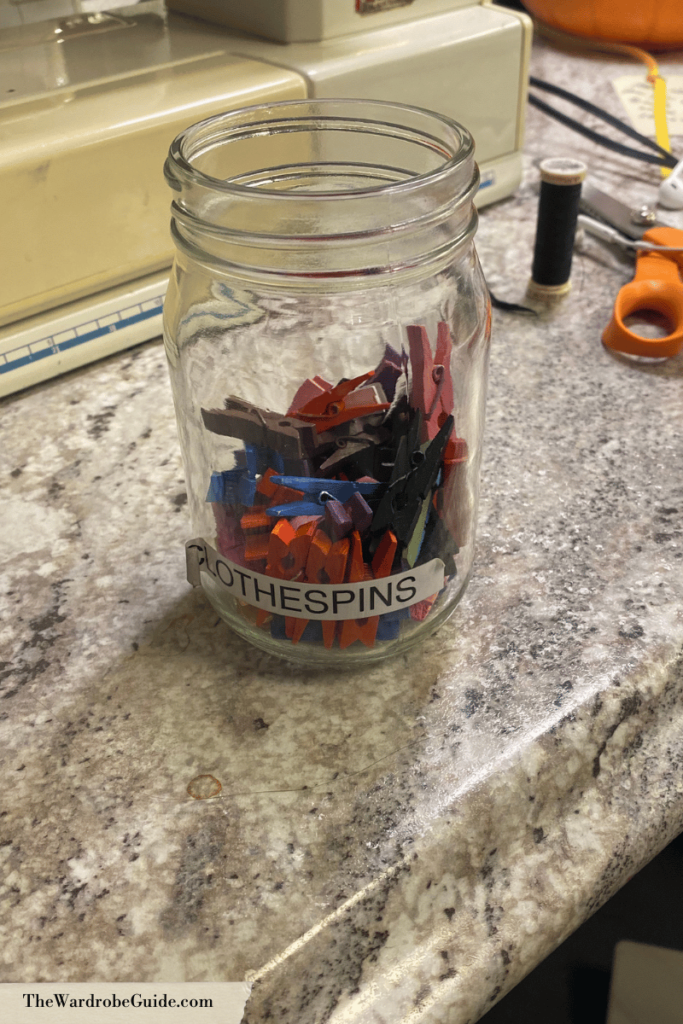
In conclusion, Wardrobe Daywork is vitally important to a Broadway show’s wardrobe team. They keep the costumes looking like new and help the dressers focus on other tasks during their shifts. A great dayworker can increase the longevity of a costume, and take a lot of stress off the dresser when they are trying to run the show.
This article is a work in progress. Do you have any daywork tips or tricks that we didn’t include here? Let us know in the comments!






